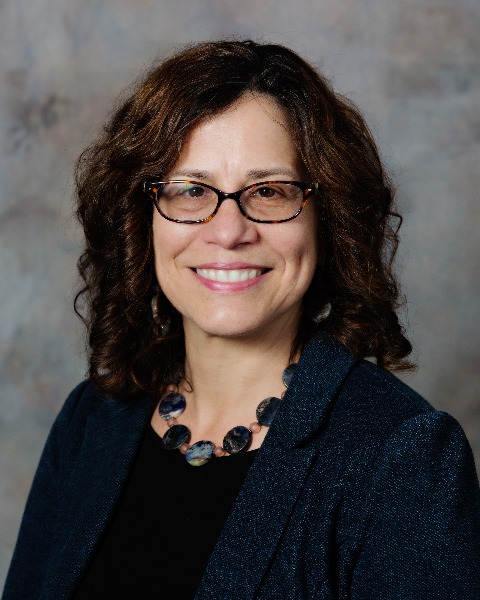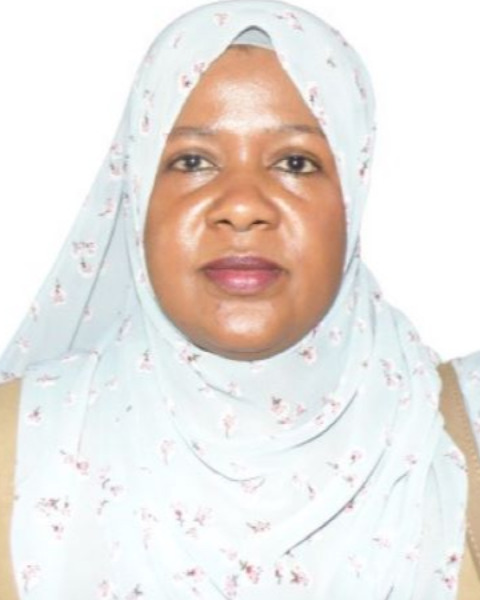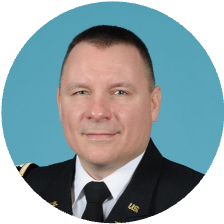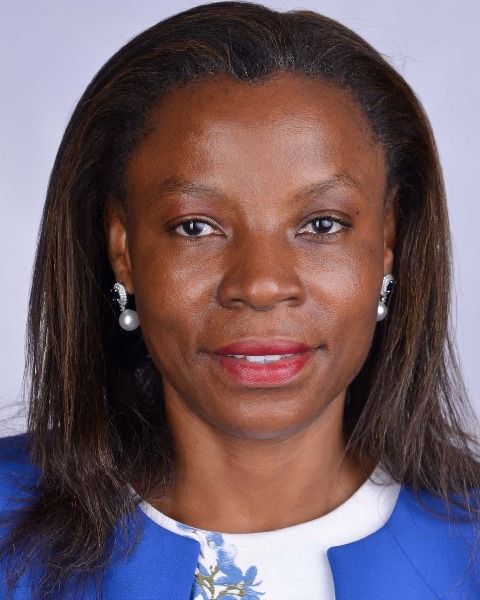Public Health, Policy and Ethics
Crisis in the Rural Hospital Without Access to Blood Transfusion: Innovative Strategies to Address Global Blood Deserts and the Blood D.E.S.E.R.T. Coalition
-

LINDA Barnes, DrPH, MHA, RAC, CABP(H) (she/her/hers)
Visiting Assistant Research Professor
University of Pittsburgh
Seattle, Washington, United StatesDisclosure(s): No financial relationships to disclose
-

Nakul Raykar, MD MPH FACS (he/him/his)
Assistant Professor of Surgery
Harvard Medical School
Boston, Massachusetts, United StatesDisclosure(s): No financial relationships to disclose
-

Asma Aliawadh, MBBS, MHM, MIPH (she/her/hers)
Medical Officer
Langata and Kibera Sub-Counties, Kenya, Nairobi Area, KenyaDisclosure(s): No financial relationships to disclose
-

Andrew Cap, MS, MD, PhD (he/him/his)
U.S. Army Institute of Surgical Research, Texas, United States
Disclosure(s): Hematology consultant: Consultant/Advisory Board (Ongoing); Seragene Therapeutics : Consultant/Advisory Board (Ongoing); Velico Medical: Consultant/Advisory Board (Ongoing)
-

Caroline Wangamati, MSc MA (she/her/hers)
Team Lead - COBA
Coalition of Blood for Africa
Nairobi, KenyaDisclosure(s): No financial relationships to disclose
-
LA
Lucy Asamoah-Akuoko, MD MPH PHD
Head, Research, Planning, Monitoring and Evaluation
National Blood Service Ghana
Accra, Greater Accra, GhanaDisclosure(s): No financial relationships to disclose
Program Chair(s)
Speaker(s)
Session Desription: There is an estimated annual 102 million unit blood shortage in low-income and middle-income countries (LMICs): every single country in sub-Saharan Africa and south Asia is in deficit. In many rural settings, hundreds of millions of people live without access to any blood; the only hospitals with stocked blood banks are hours away in an urban center. These settings are blood deserts: areas of the world where there is no reliable access to blood transfusion. Such conditions may also present in emergency operations and disaster response scenarios.
There is an urgent need to advance innovations for blood deserts, (1) recognizing their presence and balancing risks to patients, and (2) prioritizing strategies that enable safe and timely access to blood transfusion. Three emerging strategies that might help alleviate the crisis in blood deserts are: (1) civilian and community walking blood banks (WBBs), (2) intraoperative autotransfusion (IAT), and (3) drone-based blood delivery (DBD).
This session will examine the concept of a blood desert, detail experiences of frontline providers, review the latest research on defining blood unavailability, and evaluate the aforementioned strategies in terms of potential to address the crisis. The program will reflect on several applications and ongoing studies, as well as introduce the multidisciplinary Blood D.E.S.E.R.T Coalition (www.blooddesertcoalition.org). Its target audience is professional blood bank staff, clinical practitioners, and transfusion medicine physicians, as well as students, residents, and others interested in future directions of blood banking. We propose an extended (90-minute) session with additional speakers to include a diverse range of global perspectives and detailed exploration of the current state and next steps.
Objectives:
Describe the current literature and approaches to defining blood deserts and blood unavailability
Evaluate three innovative strategies for emergency remote transfusion - WBBs, IAT, DBD- for feasibility, safety, and effectiveness
Assess the role of a multidisciplinary collaboration in on-going studies, applications, and regulatory/policy advocacy
Learning Objectives:
- Describe the current literature and approaches to defining blood deserts and blood unavailability
- Evaluate three innovative strategies for emergency remote transfusion - WBBs, IAT, DBD- for feasibility, safety, and effectiveness
- Assess the role of a multidisciplinary collaboration in on-going studies, applications, and regulatory/policy advocacy
